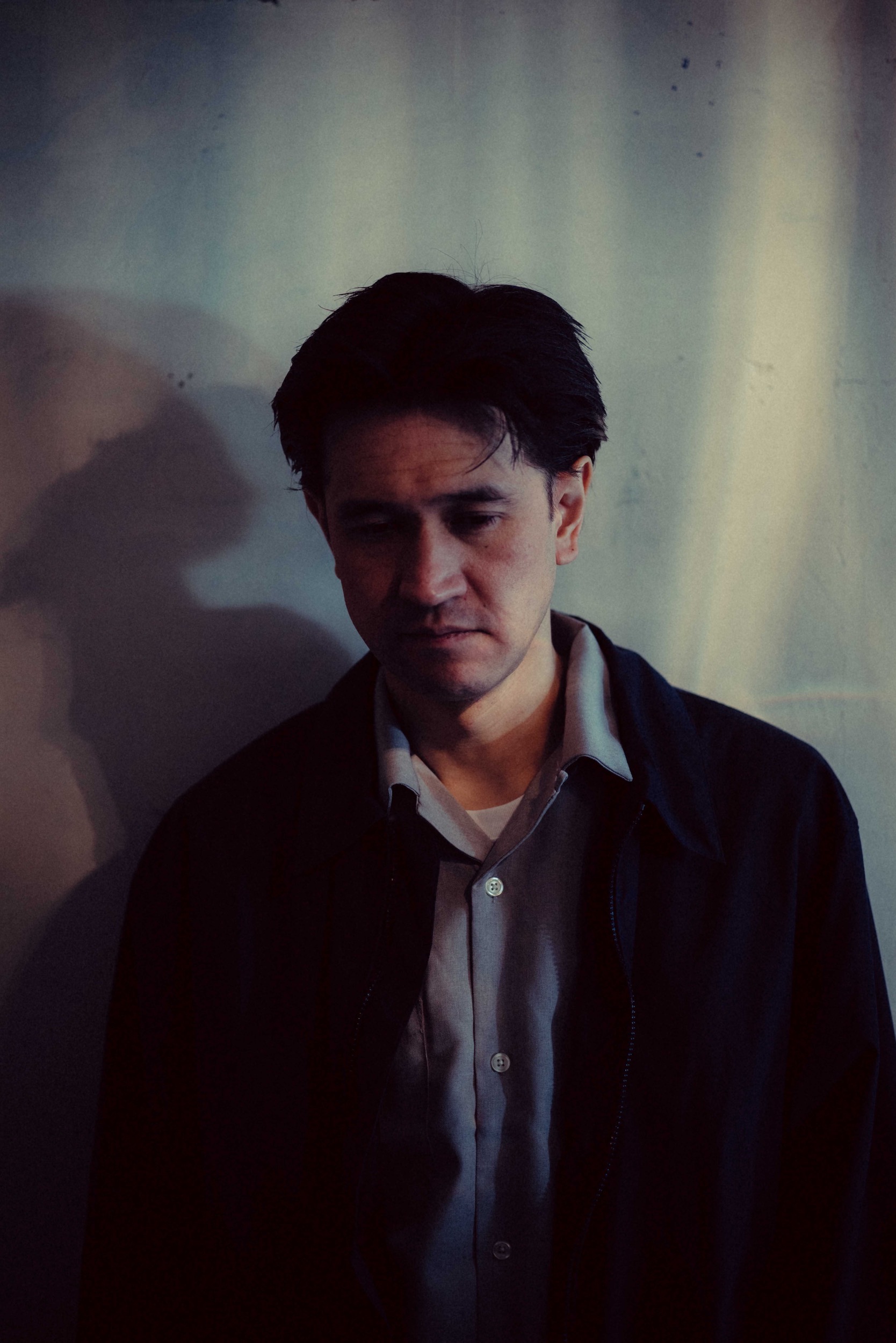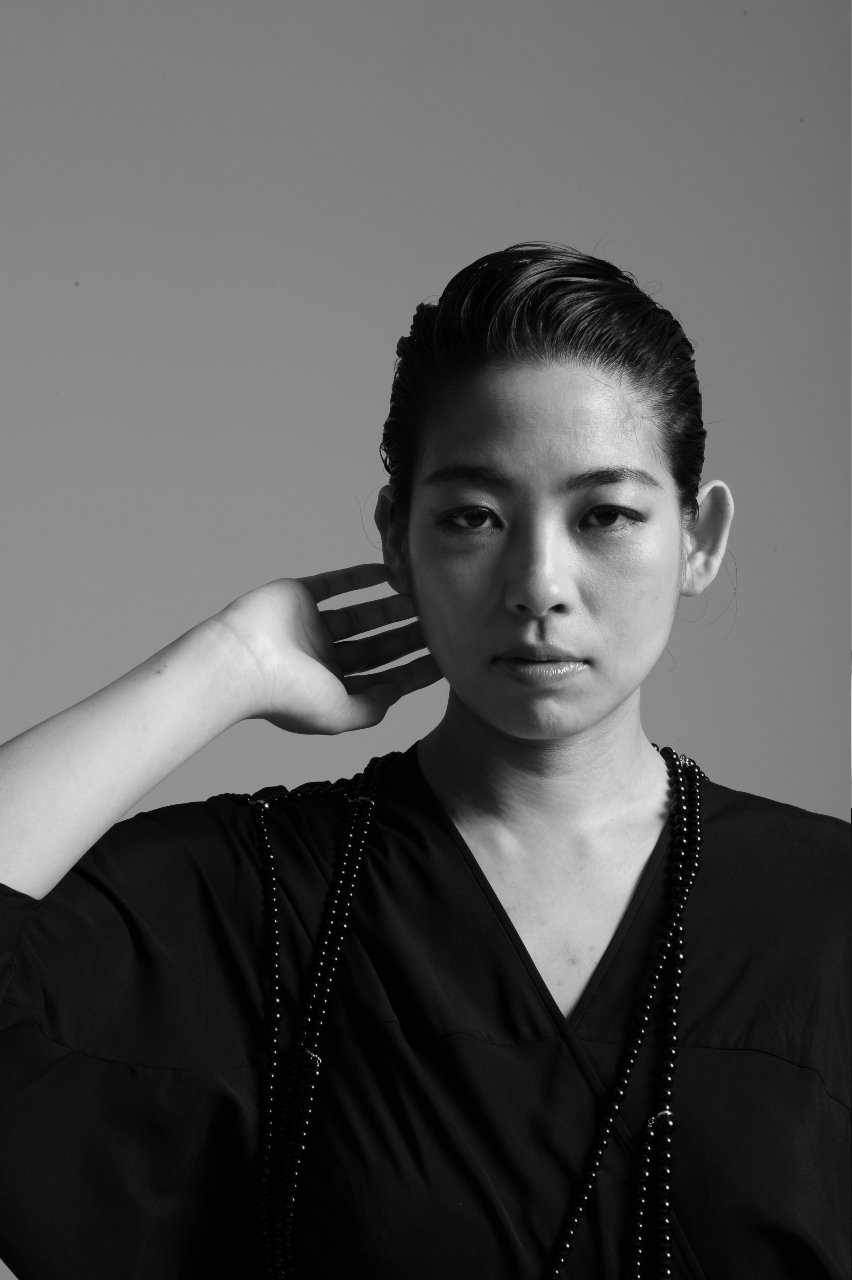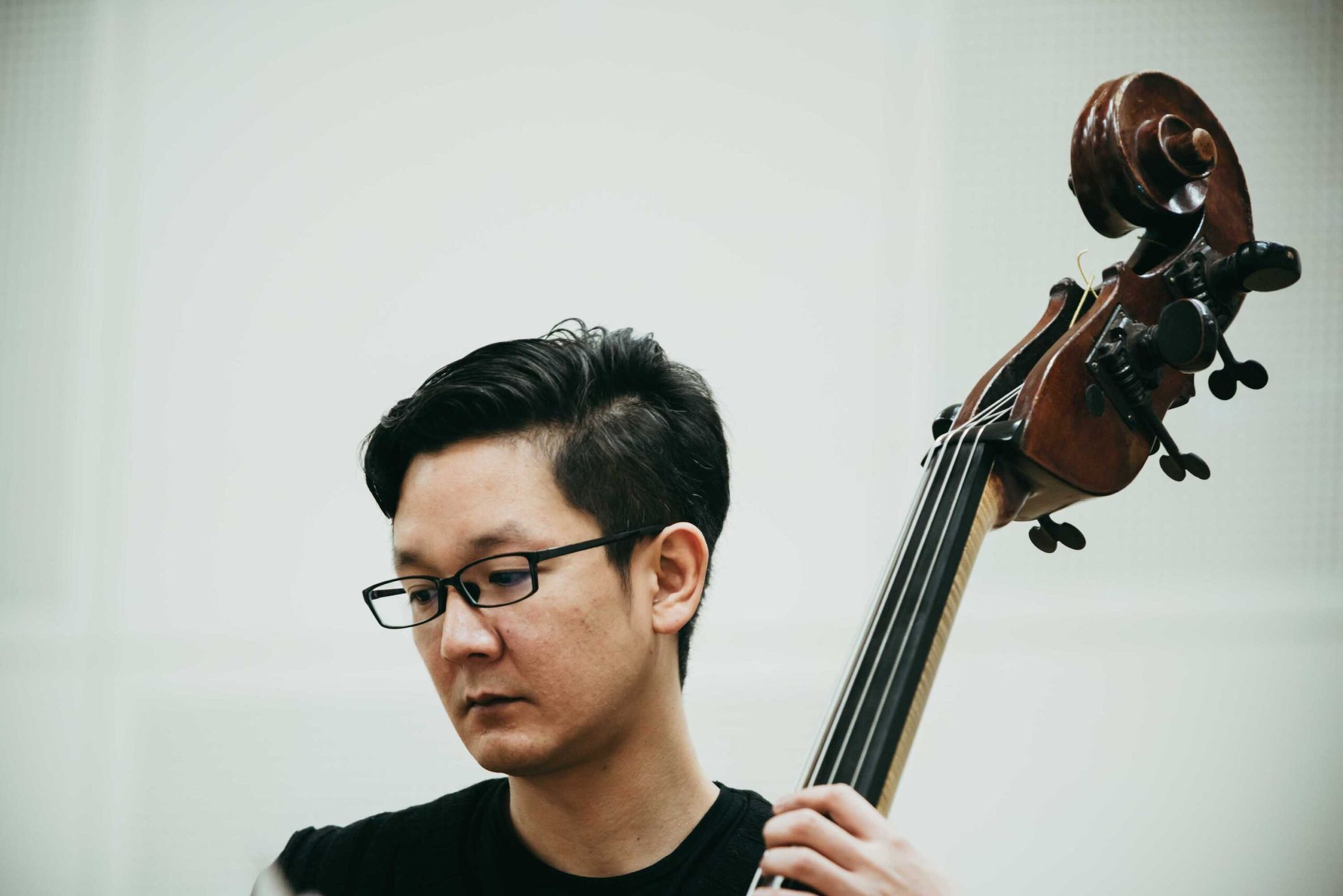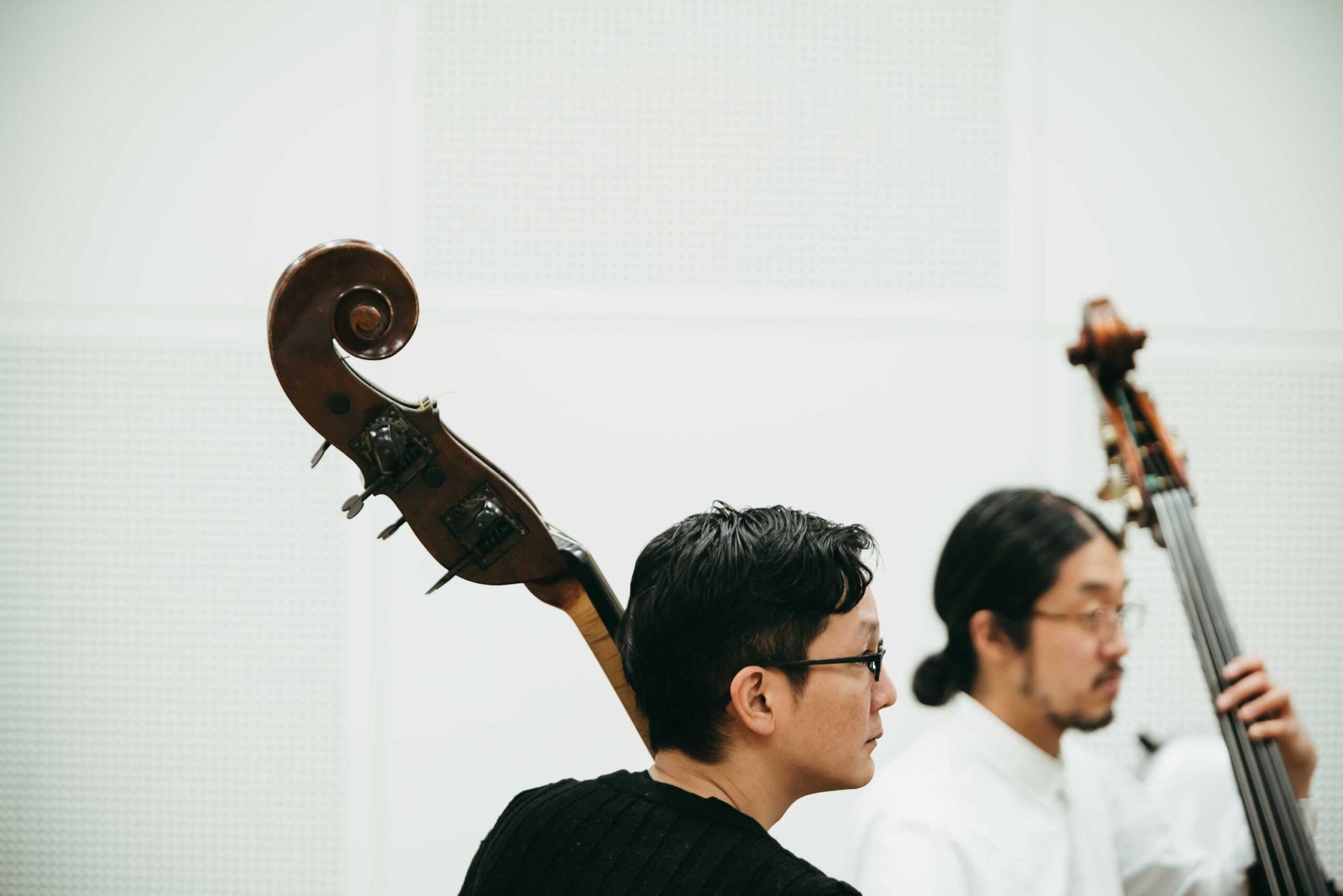Takuma Watanabe is a musician who works across genres, including contemporary music, pop, and film scores. Meanwhile, Yayako Uchida wears many hats—including that of essayist, translator, and actor. The two, who used to work together as part of the musical group sighboat, reunited for the first time in a long while for this conversation. This is the first half of the resulting two-part interview. In part one, we discuss Watanabe’s new album, Last Afternoon. The album features bassist Masato Suzuki, who was also a member of sighboat, and other leading Japanese string players such as Seigen Tokuzawa and Atsuko Hatano. The wide range of guest artists featured on the album also includes American vocalist Joan La Barbara and Akira Rabelais, a composer and software developer known for his collaborations with Bjork and David Sylvian. Additionally, the album was mastered by Jim O’Rourke. How did this album come about, and what did Uchida think upon listening? TOKION takes a closer look at the mysterious sound of strings and electronic music melting together.
How sighboat was formed
ーーIt seems it’s been a while since the two of you last talked like this.
Yayako Uchida: I lived in London from 2012 to 2018, and I haven’t seen Takuma since moving to England—so we haven’t seen each other in about 10 years. It’s been so long, so I’m a bit nervous. Like meeting an old lover. (laughs)
――So, you two started making music together after performing at an event?
Yayako: That’s right. There was a [Jean-Luc] Godard event where I was supposed to do a reading of a movie script. But I wasn’t that familiar with Godard. I didn’t know what to do, so I tried listening to the albums of the artists who were playing at the event. And then I was struck by his music, so I asked, “Will you collaborate with me?” I did a reading, and Takuma, you played the piano for me, right?
Takuma Watanabe: Yeah. After that, we started to perform at other events together, so I asked her to do readings and sing a bit. Through that, I started to think that maybe we could make some sort of music together. At first, I thought Yayako could do a solo project or something, but then she said she wanted to do a band.
Yayako: I definitely don’t want to be solo. (laughs) I wanted to get Takuma or Masato [Suzuki] involved somehow.
2. Yayako Uchida Photography Chikashi Suzuki
――Then you guys started sighboat and released two albums. What did you think after trying out music, Yayako?
Yayako: I’d always admired music, but I personally grew up listening to fairly popular music. When I was in elementary school, the first album I bought was “License to Ill” by the Beastie Boys, and after that, I was listening to stuff like Radiohead and Red Hot Chili Peppers. But Takuma and Masato had a totally different relationship to music. So I wondered how to keep up. But I was a total amateur, so I figured I’d be myself and have them use me as an ingredient in their cooking.
Takuma: Speaking of which, Masato and I had a sort of composer’s meeting. We asked, what kind of music would suit Yayako?
Yayako: Oh, I didn’t know that!
Takuma: After we made the first album, Yayako said she wanted to make music that was a bit more rock n’ roll. So when we made the second album, Masato and I discussed approaches that we hadn’t taken in the previous album, and we featured guest artists like the guitarist Kazuhisa Uchihashi and drummer Senju Muneomi.
Uchida: Oh, I see. Looking back on it now, I think I got to have a really valuable experience.
The “seamless universe” depicted by Last Afternoon
――Some time has gone by since then, and now, Takuma has just released his new album, Last Afternoon. What did you think after listening to the album, Yayako?
Yayako: I thought: For the past 10 years, I’ve been drifting in a big sea. What I mean by that is that I have three kids, I write essays and do a bit of creative work, but basically, I’ve lived my life as an ordinary person. I’ve spent a lot of time in the mindset of always thinking about people other than myself. When I listened to Last Afternoon, I realized that although we’re the same age, and were born and raised on this earth for the same number of years, Takuma has faced solitude. And rather than drowning in it, he’s able to pump what he needs from the well of solitude.
――The well of solitude?
Yayako: This is a bit of an abstract thought, but because my family has grown, I’ve always been part of a family or the surrounding community. So the rhythm of my life makes it difficult to feel solitude. Takuma is an artist, so it’s like he can infinitely keep digging deeper into the well of solitude. As a result, when someone like me, who has a different rhythm of life, listens to an album like this, we can become aware of a world on a completely different dimension, and there’s a sense of freedom in that. But the feeling isn’t just gratitude, like, “Thanks for opening the door to a world I didn’t know.” At the same time, there’s another feeling, something like an immeasurable fear.
――What kind of fear is that?
Yayako: It’s the feeling I get from Takuma’s solitude. He also made a music video this time, right? That video was also somewhat creepy or uncomfortable, with a gloomy and dark atmosphere, but there’s also something faintly cheerful about it. It’s not the rock bottom of despair, nor is it full of hope. It feels like a back and forth between the two. Anyway, the large scale and the way it’s unlike anything else—I interpreted that as solitude. To put it a little better: independence. I felt that Takuma has a strong spirit.
――I see. You really listened to it deeply. What did you [Takuma] think as the artist?
Yayako: Let’s try asking the artist! (laughs)
Takuma: Well, is there anything more to say? (laughs) In the past, I’ve often made music for some sort of occasion or in collaboration with others—people like Yayako, Kip Hanrahan, and David Sylvian. So, it’s probably only recently that I’ve started to take the time to make what I want on my own. In that sense, this album may be introspective in some ways.
――That introspective aspect may be connected to the sense of solitude that Yayako felt.
Takuma: For this album, I ultimately recorded eight songs that were left over from the songs I’d been composing since about 2014. I’d been doing a thing where I’d wake up every morning and write down at least one bar of notes on a music sheet. So, I didn’t have a specific concept, but it was like the creation itself became my motivation. I had four string players, Yuko Kajitani, Anzu Suhara, Seigen Tokuzawa, and Hiroki Chiba, perform the songs I wrote, and the tour was one of the major triggers for making the album. I actually wrote some of the songs while imagining what the performers would sound like.
――You formed a string quartet in 2014. Are those four the members?
Takuma: Yeah. At the time, I was studying Johann Sebastian Bach, so I guess it was formed out of a personal motivation to teach myself counterpoint, or to do a study of it.
Yayako: I see! Sensei, when you say counterpoint, are you talking about a method?
Takuma: (laughs) Yes. It involves making multiple melodies that are in harmony with each other. For example, one person plays the bass, and the other performs the inner parts of the melody.
Yayako: Bach came up with counterpoint?
Takuma: It has origins in early hymns and church music. Bach didn’t come up with it, but his works are the culmination of it. In the two years after starting my quartet, I think I achieved certain results through the music that came out of my studies, and I’ve also used that knowledge in my film score work. After that, my interest in composition underwent minor changes, and I began to focus on things like textures and moods. In the process, I became more interested in what kind of sound would be generated when string sounds were put through a computer.
Yayako: This album sounds digital at first, but after it passes through your body, what remains is an organic feeling. It’s as if these completely opposite worlds are actually connected at their core, and it moves back and forth between these worlds freely. So, when I was listening to the album, I thought, “What’s this organic feeling I’m getting?” When I learned that you wrote the songs in your daily life, and that you were thinking about the performers on a personal level, it made sense to me.
――I get the impression that it [the album] is wavering on the border between two worlds. The album is titled Last Afternoon, and it has the atmosphere of dusk—when the worlds of night and day melt together.
Yayako: That’s true. Like those worlds are seamlessly connected. The songs are mostly instrumental, and then halfway through, you hear Joan [La Barbara]’s voice. It’s striking, but if you look at the overall structure of the album, it’s consistent. I’d always thought that instruments and voices were two different worlds, but they seem to be seamlessly connected here, so I felt taken by surprise.
Chance encounters with the collaborators who helped with the sound
――Earlier, you mentioned that you became interested in the texture of sound. The sound and mixing on this album are unique. The sounds are mixed in a strange way, like time and space are distorted. Is there anything you were conscious of in terms of the sound?
Takuma: I wanted a work that was derived from the mutual interference of the sounds on the score and the sounds generated from the computer. Then, I wanted to distance that from academicism and form, and bring it to life in my own way. So, there was a period when I felt like I was walking alone in a pitch-black tunnel. But within the context of contemporary music and electronic music, I found some lights here and there that became hints. If I walked towards them [the “lights”], I’d make a small discovery. [This album] has a sound and timbre that was created through that process of walking.
――Was the inspiration you got from Akira Rabelais and Jim O’Rourke important in terms of the sound?
Takuma: That was huge. I collaborated with Akira in about 2018. I met him through David Sylvian. When I was with David on his tour, after the Cologne show, David told me, “There’s someone I want to introduce you to.” I asked him, “Who is it?” and he replied, “Akira,” so I thought he was Japanese, but when I met him, he was an American composer. We had tea together, and at the time, I was a bit homesick from the exhaustion of touring and the fact that I had been away from Japan for a month or two. So, I was whining, or grumbling, to Akira. (laughs) And he listened to my grumbling with a calm smile. When I looked at his website later, I found that he was an artist with this amazing worldview, and I felt embarrassed. Later, I got in touch with him because I was interested in his ideas and the music software he was developing, and I’ve been in contact with him since. I’m inspired by how he connects to music. Jim, of course, has an amazing way of focusing on sound, doesn’t he? It makes me realize what I still need to work on.
――Jim’s mixing is unique, isn’t it?
Takuma: Although the sound may seem a bit small by today’s mastering standards, I was truly amazed at the master data he created. It was in the right volume, without losing any of the dynamics of the strings or the nuances of the music. It reminded me that the depth of his involvement in sound is quite deep.
Yayako: Can I say something a bit off-topic? I don’t know much about Jim…
Takuma: Didn’t you meet him once?
Yayako: Yeah. I met him once backstage at some event. He suddenly asked me, “Are you Yuya Uchida’s daughter?” Then he said, “I like him,” and listed off movie titles that even I didn’t know. (laughs) Like, “Yuya was awesome in that Nikkatsu Roman Porno film,” or stuff about Toshi Ichiyanagi’s Opera from the works of Tadanori Yokoo and the Flower Travellin’ Band. I felt a certain warmth in being told all kinds of things about my father, who I’d been estranged from, by a musician I’d met for the first time.
――Jim really loves movies.
Yayako: Also, I went to David Sylvian’s show in Paris.
Takuma: Oh yeah, you came.
Yayako: You were homesick at that time, too. (laughs)
Takuma: What! Was I really? (laughs) I do remember wanting to eat Japanese food—well, I suppose that’s homesickness. (laughs)
Yayako: But his performance was perfect. I thought it was interesting how he has a feeling of instability about him. By the way, wasn’t the reason David found out about you because he happened to hear sighboat at a café in Kyoto?
Takuma: That’s right. When David was in Kyoto for a concert, he went to a café that was playing sighboat. Apparently, he asked, “Who is this song by?” That’s how he stumbled upon the album I’d released at the time, and he asked me to join him on a world tour. It was really fortuitous.
――It’s amazing that the music they were playing at the café led to an offer. It must have made a strong impression on David.
Takuma: Apparently, David was looking for people to join him on a world tour at the time. At first, I thought it’d be more like a guest appearance with a laptop rather than a band. Ultimately, it was decided that I’d play some songs in my repertoire, so I joined with a piano and a laptop, and I had a lot of fun working on the arrangement of original songs with Steve Jansen and other band members.
Yayako: When you introduced me to David in Paris, he shook my hand and said, “If it weren’t for you, Takuma and I would never have met.” That really left an impression on me.
Takuma: Meeting you was big for me as well, Yayako.
Takuma Watanabe
He studied composition and music technology in 1997 at Berklee college of music in Boston. In 2007 he joined the world tour of David Sylvian performing with synthesizers and computer and played 28 concerts. In 2014 he founded a string ensemble with computer technology which has been giving public performances of contemporary and drone music. In 2010 he started his film composing career. He has performed or collaborated with, Jonas Mekas, David Sylvian, Joan La Barbara, Kazuhisa Uchihashi, Akira Rabelais, Félicia Atkinson, Tatsuhisa Yamamoto, Seiichi Yamamoto amongst others.
Yayako Uchida
She was born in Tokyo in 1976. She is involved in the world of words and sounds; she mainly writes essays, but also translates, writes lyrics, plays in a band called sighboat, and does narrations. She is also a mother of three. Her recent publications include a book co-authored with neuroscientist Nobuko Nakano, Nande Kazoku Wo Tsuzukeru No? (Bunshun Shinsho). She has translated picture books including Ping (Poplar Publishing), Blanket & Bear, a Remarkable Pair (Hayakawa Publishing), and Maman (Pie International). Her essay series, “BLANK PAGE” can be found in the quarterly magazine, Shukan Bunshun WOMAN. She is also a narrator on the NHK Educational TV Program, no art, no life.
Translation Aya Apton








